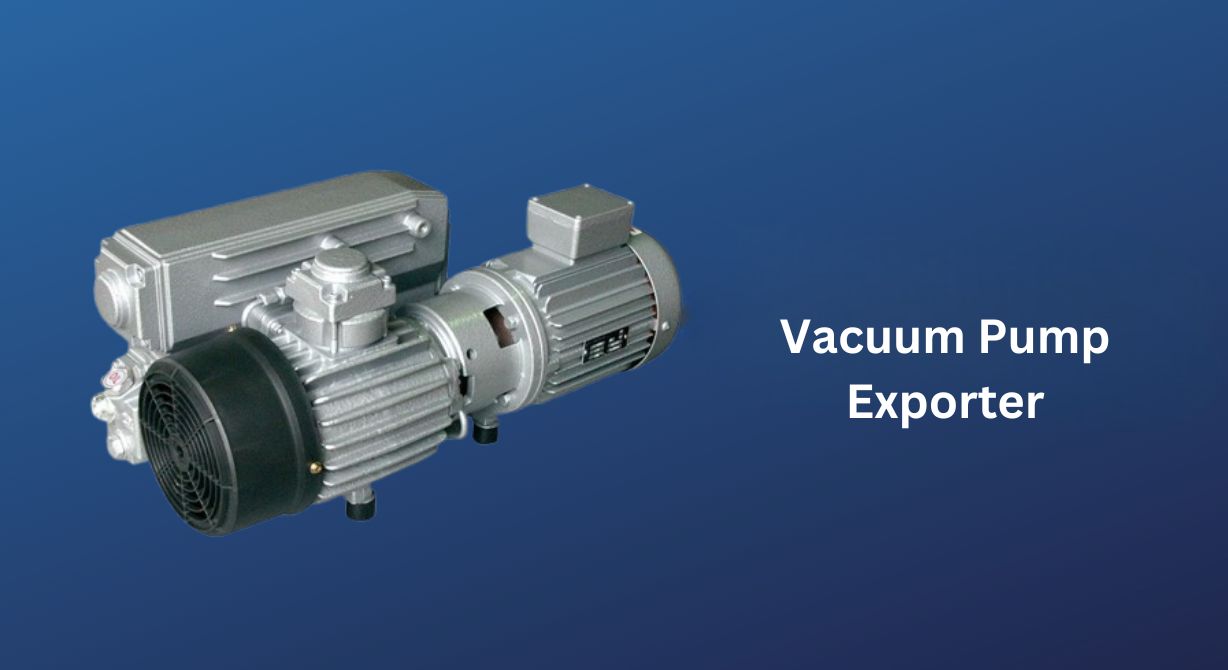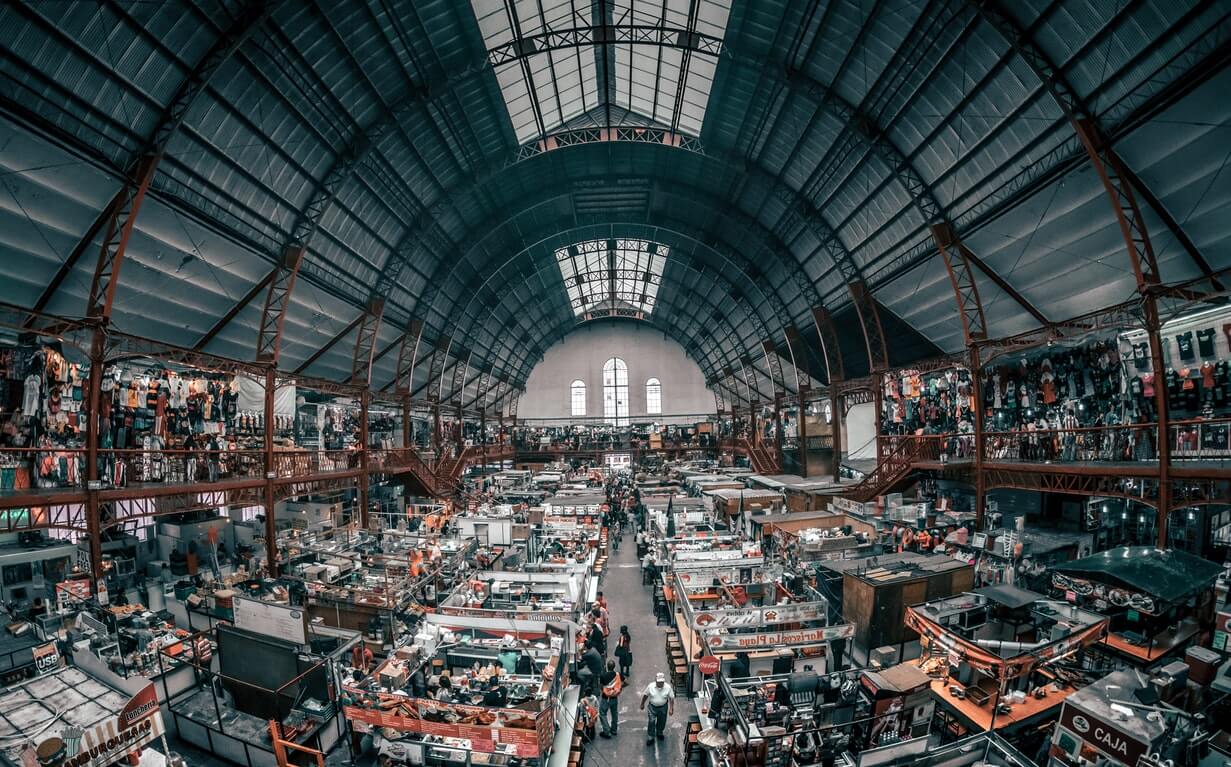Vacuum Pump Exporter
Vacuum Pump Exporter: Key Criteria for Choosing the Right Partner in the Global Market
Vacuum pumps, critical to industrial processes, achieve greater efficiency when sourced from a reliable vacuum pump exporter. Used in industries such as food, pharmaceuticals, semiconductors, chemicals, energy, and automotive, these pumps require high quality, cost-effectiveness, and reliable delivery. However, the abundance of exporters in the global market can make selection challenging. This guide comprehensively outlines the key factors to consider when choosing a vacuum pump exporter. Experience, product variety, logistics expertise, quality standards, customer support, technological innovation, and cost analysis are crucial for a successful partnership. Selecting the right exporter enhances operational efficiency and provides a competitive edge in global markets.
Exporter’s Experience and Global Expertise
When selecting a vacuum pump exporter, the company’s experience in global markets and industry expertise are top priorities. A long history of exporting demonstrates that the exporter understands the needs, regulations, and cultural dynamics of different countries. Exporters specializing in sectors like food, pharmaceuticals, semiconductors, chemicals, and energy can offer customized solutions. For example, the food industry requires oil-free, hygiene-compliant pumps, while semiconductor production demands ultra-high vacuum (UHV) systems. The chemical sector needs corrosion-resistant pumps, and energy industries seek high-capacity, durable models. The exporter’s past projects, international references, and success stories should be reviewed to assess their expertise. For instance, an exporter that has successfully supplied food processing plants in Europe or semiconductor factories in Asia demonstrates global competence. Additionally, the exporter’s R&D investments reflect their commitment to innovative technologies. R&D efforts indicate that the exporter keeps up with industry trends and develops next-generation vacuum pumps. For example, offering IoT-based monitoring systems or energy-efficient models ensures long-term reliability. Facilities should thoroughly analyze the exporter’s industry knowledge and global performance.
Product Range and Variety
A successful vacuum pump exporter must offer a broad product range. Different industries and applications require various models, such as rotary vane pumps, dry pumps, liquid ring pumps, turbo molecular pumps, or diaphragm pumps. The exporter’s portfolio should cover low to ultra-high vacuum levels. For example, the chemical industry demands corrosion-resistant pumps, while pharmaceuticals require hygienic models compliant with FDA or EHEDG standards. Exporters offering customization deliver solutions tailored to specific needs. For instance, a semiconductor facility may need a customized turbo molecular pump to achieve a specific vacuum level. Additionally, providing pumps in various capacities and sizes ensures easy integration in global markets. The exporter’s product range should include not only existing models but also innovative solutions. For example, energy-efficient pumps or those equipped with smart sensors meet modern industrial demands. Facilities should evaluate the exporter’s product variety, customization capabilities, and alignment with industry needs. The technologies used in product development, such as 3D modeling or simulation software, directly impact product quality.

Logistics Expertise and Delivery Reliability
When choosing a vacuum pump exporter, the company’s logistics expertise and delivery reliability are critical. Fast, secure, and timely delivery in the global supply chain ensures uninterrupted production. Customs processes, shipping timelines, packaging standards, and logistics networks reflect the exporter’s professionalism. For instance, proper packaging is essential to prevent damage to sensitive vacuum pumps. The exporter’s international logistics networks, reliable shipping partners, and expertise in customs regulations optimize delivery processes. For example, accurate customs declarations and efficient processing for exports to Europe reduce delivery times. Additionally, offering multiple shipping options (air, sea, or land) provides flexibility to customers. Facilities should assess the exporter’s delivery timelines, logistics performance, and past delivery successes. For instance, an exporter guaranteeing delivery to an Asian client within 10 days demonstrates strong logistics capabilities. Real-time tracking systems offered by the exporter allow customers to monitor orders effectively.
Quality Standards and Certifications
A vacuum pump exporter must provide products compliant with international quality standards. Certifications like GMP (Good Manufacturing Practices), ISO 9001, or ISO 13485 are essential for the food and pharmaceutical industries. Additionally, CE marking or UL certifications ensure product reliability and global market acceptance. The exporter’s certification portfolio confirms that products have undergone quality testing and meet industry requirements. For example, a food processing facility may require pumps with EHEDG certification. Facilities should review the exporter’s documentation to verify compliance. The exporter’s quality control processes, such as testing during production or material analysis, enhance product reliability. Commitment to international standards is a critical indicator of long-term partnership success.
Customer Support and Communication
In the global market, a vacuum pump exporter must provide robust customer support and effective communication. Rapid responses across time zones, technical support, and proactive communication facilitate collaboration. For example, an exporter offering support to an Asian client during off-hours demonstrates customer focus. Additionally, 24/7 technical support prevents production losses in emergencies. Facilities should review the exporter’s customer satisfaction history, communication channels (email, phone, live chat), and references. For instance, an exporter providing technical documentation or spare parts ordering through an online portal improves customer experience. Multilingual support enhances communication with global clients.
Energy Efficiency and Environmental Sustainability
Energy costs are a significant part of industrial budgets today. Therefore, a vacuum pump exporter should offer energy-efficient products. Variable Speed Drive (VSD) technology optimizes energy consumption and reduces operating costs. For example, a VSD-equipped pump can save up to 30% on energy by adjusting speed based on demand. Additionally, pumps aligned with environmental sustainability goals reduce carbon footprints and comply with regulations. Certifications like ENERGY STAR or ISO 50001 validate environmental performance. Facilities should evaluate energy consumption values and performance coefficients for long-term savings. Eco-friendly production processes reinforce the exporter’s sustainability commitment.
Cost and Return on Investment
When selecting a vacuum pump exporter, both initial costs and long-term return on investment (ROI) must be considered. High-quality pumps may have higher upfront costs but reduce total cost of ownership through energy efficiency, low maintenance, and durability. For example, energy-efficient pumps can cut operating expenses by 20-30% annually. The exporter’s warranty terms, spare parts costs, and logistics expenses should be analyzed. Facilities should assess the price-performance balance to select the optimal solution.
Technological Innovation and R&D
Technological advancements play a key role in choosing a vacuum pump exporter. Smart pumps, IoT integration, and remote monitoring systems optimize performance. For instance, pumps with real-time data analysis monitor energy use and detect issues proactively. The exporter’s R&D activities reflect their capacity for innovative solutions. Facilities should evaluate the exporter’s commitment to technological advancements.
Choosing the right vacuum pump exporter boosts industrial facilities’ competitiveness in global markets. Factors like experience, product variety, logistics expertise, quality standards, customer support, energy efficiency, cost, and innovation must be carefully evaluated. This guide helps achieve long-term success and sustainable growth through the right exporter partnership.


